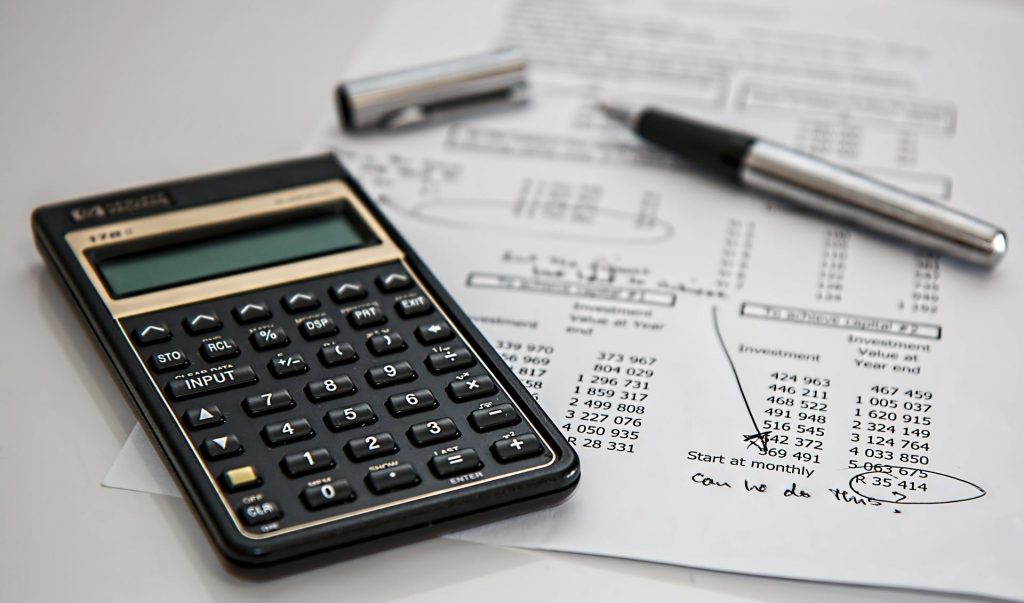WHAT IS A PROPERTY TASK?
This article is simply a guide to teach new and old home owners and property investors all they need to know about property tax and also how to pay them. Property tax is another way the local government generates revenue for developmental projects in the community. Funds collected from property tax is used to pay public servants like the police and the the fire service. Taxes are also used for developmental projects such as building great roads, handling the city’s sewage problems, building public schools and also snow removal.
Therefor property taxes can simply be defined as incurring fees collected by the municipal government from property owners. Since a lot of home owners consider taxes to be a little technical, a real estate lawyer in North York might be the best service you will need to deal with all your tax related issue.
In this article, we are going to learn more about who bears the burden of paying property taxes especially in Canada’s largest Metropolitan areas. Below is a research study conducted by farserinstitue.org about how property taxes work in major cities in Canada. Contact Niro law Professional Group for all your questions and issues related to property tax.
A DEEPER DIVE INTO THE TOPIC OF PROPERTY TAX
Property taxes are the primary source of revenue for local governments in Canada. The revenues raised are used to pay for a variety of public services including police, schools, fire protection, roads, and sewers. Owners of different classes of property, including residential, commercial and industrial, pay taxes. In principle, both considerations of efficiency and fairness suggest that the taxes paid by individual property owners should reflect the costs that they impose on municipal service providers. This is commonly referred to as the “user pay” principle. Therefore, to the extent that property tax rates differ across property classes, the differences should reflect commensurate differences in the relative costs that those asset classes impose on municipalities.
This study compares property tax ratios for major residential and non-residential property classes in five of Canada’s largest metropolitan areas: Ontario’s Greater Toronto and Hamilton Area, Quebec’s Greater Montreal, British Columbia’s Lower Mainland, and Alberta’s Calgary and Edmonton regions. Relative tax rates are calculated as the tax rate paid by different categories of non-residential owners compared to tax rates paid by residential owners. The data are from the most recent year of available data for each region (2017, 2018, or 2019).

The study finds that in most cities, commercial and industrial tax rates are typically higher than residential rates and sometimes by relatively large amounts. For example, in British Columbia’s Lower Mainland, industrial property tax rates can be 10-to-20 times higher than residential rates in some communities. In the Greater Toronto and Hamilton region, commercial property tax rates were more than twice residential rates, while industrial property tax rates were almost three times those of residential rates. Ratios of commercial and industrial rates to residential rates for the Greater Montreal region are similar to those of the Greater Toronto and Hamilton area (though with greater variation), while in the Calgary and Edmonton regions, the municipal tax rate for non-residential owners is close to twice that of residential owners on average.
The higher property taxes paid by non-residential asset owners relative to owners of residential assets raise important questions about the criteria used by jurisdictions in levying property taxes. While the study does not evaluate whether municipalities are employing a user-pay principle in setting property tax rates, it can be argued that the lower rates paid by owners of residential housing reflect the fact that local governments face incentives to minimize taxation on groups most likely to vote in local elections, most notably homeowners. Given the identified differences in property-tax rates across property classes, considerations of transparency and accountability make it incumbent upon jurisdictions levying property taxes to justify differences in the property-tax rates levied upon owners of different classes of property.


No comment yet, add your voice below!